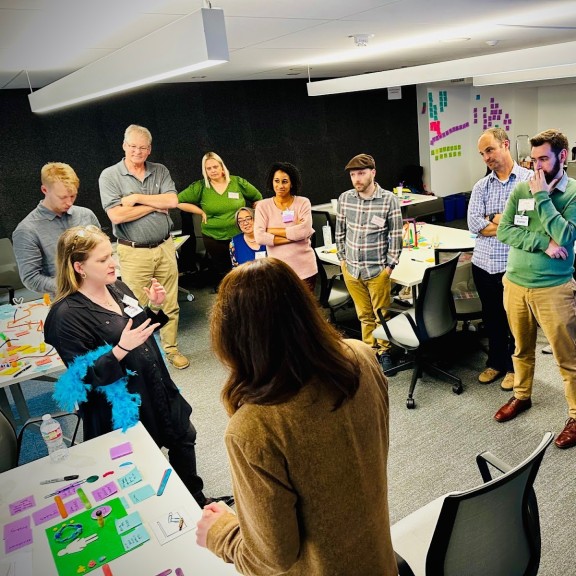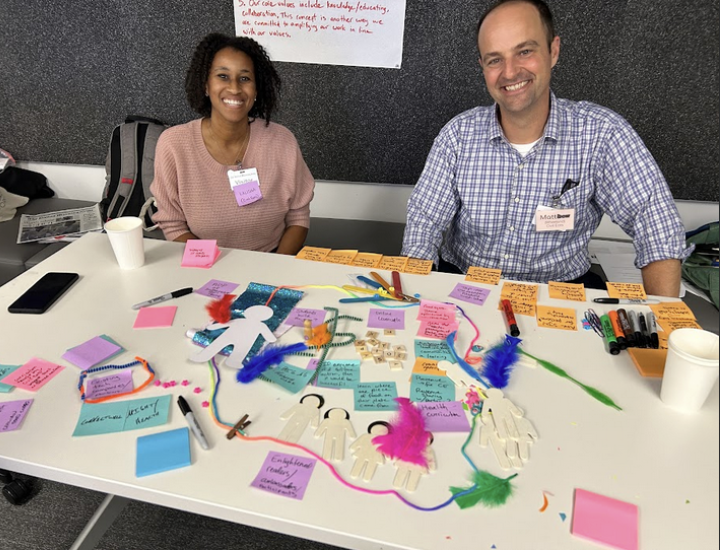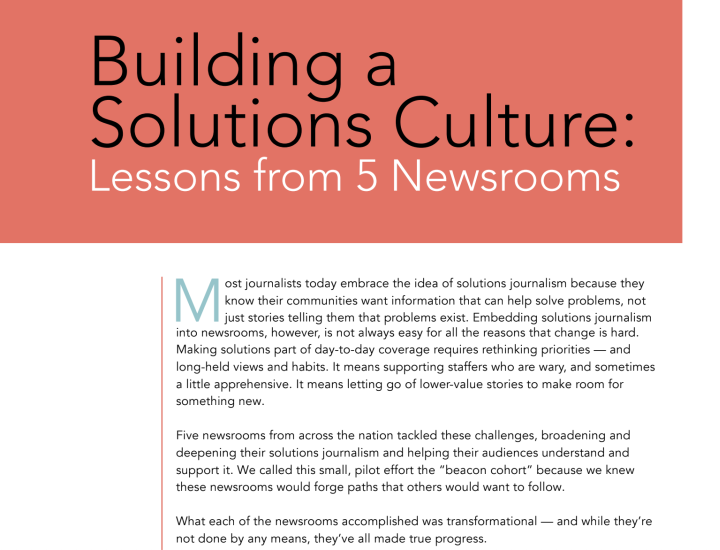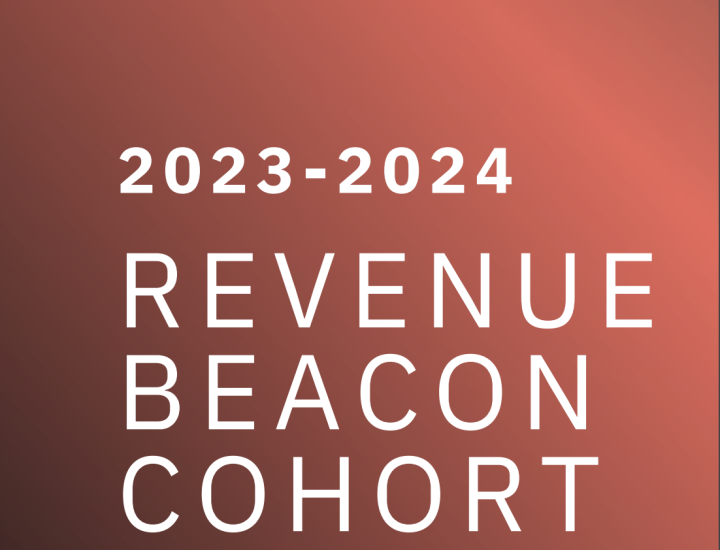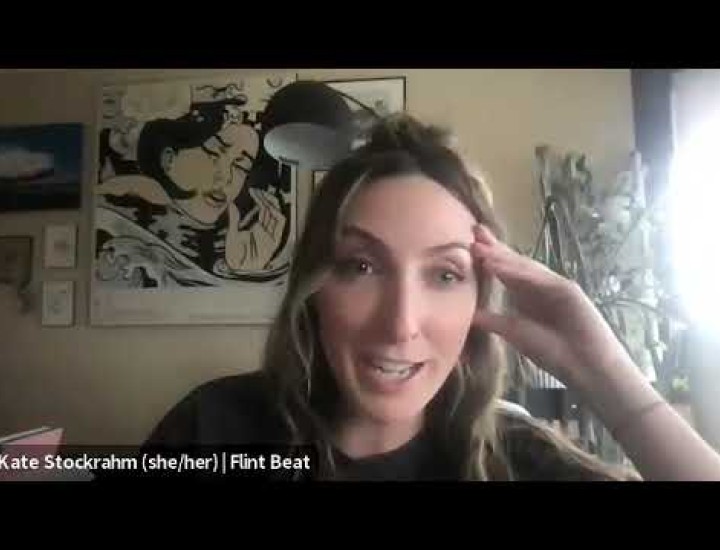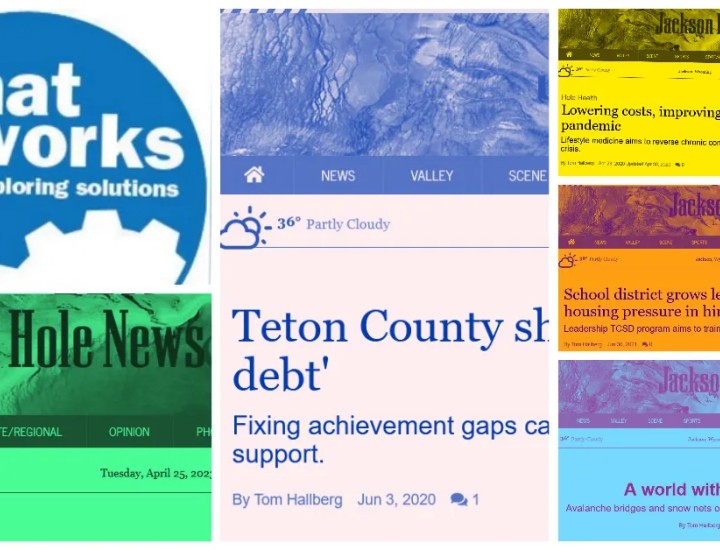Beacons
News organizations are becoming models for how to build solutions journalism into regular coverage — and seeing impact on audiences and fundraising.
After training in and publishing solutions reporting, newsrooms then work to build regular solutions-focused coverage into their priorities and workflows. The goal is to turn solutions journalism from project to practice.
To help with that, the Solutions Journalism Network (SJN) launched the first Beacon initiative in 2022 with five innovative news organizations that deepened and broadened the number and types of solutions stories they produced. In 2023, we supported another five newsrooms in tying strong solutions journalism to revenue and are now expanding that work with four Solutions Journalism Revenue Accelerators in 2025 and 2026.
Moving from project to practice is one important key to the kind of system-level change in journalism that SJN is supporting, aimed at building more rigorous reporting that gives communities the information they need to solve problems, and helping newsrooms fulfill their missions as well as strengthening their bottom lines.
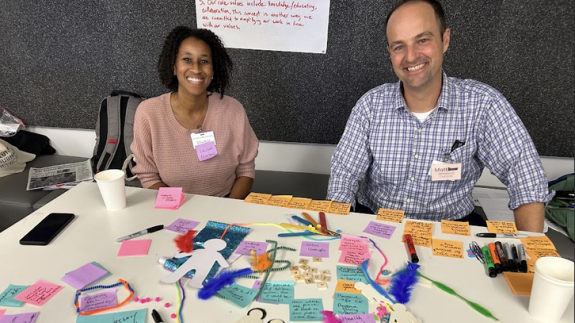
Members of the 2023-24 Revenue Beacon Cohort at the kickoff design session in Dallas.
